Copyright 2015 by Terri Farley
Illustrations copyright 2015 by Melissa Farlow, except the following:
: Alan Kania
: Mark Hallett Paleoart
: Ginger Kathrens
: Mark Terrell
: Terri Farley
: Palomino Armstrong, Chilly Pepper Miracle Mustang Rescue
: Nick Hall
All rights reserved. For information about permission to reproduce selections from this book, write to Permissions, Houghton Mifflin Harcourt Publishing Company, 215 Park Avenue South, New York, New York 10003.
www.hmhco.com
The Library of Congress has cataloged the print edition as follows:
Farley, Terri, author.
Wild at heart : mustangs and the young people fighting to save them / by Terri Farley.
p. cm.
Audience: 10+
Audience: Grades 4 to 6
ISBN 978-0-544-39294-6
1. Wild horsesWest (U.S.)Juvenile literature. 2. Wild horsesConservationJuvenile literature. 3. MustangJuvenile literature. I. Title.
SF360.F37 2015
599.665'5'0978dc23
2014041975
eISBN 978-0-544-76118-6
v1.0915
Title Page: A mare and foal run from the rain.
THIS BOOK IS DEDICATED TO...
Cory, Kate, and Mattsmart, funny, loving, and always good companyyou are my oasis.
My parents and brotherthanks for whatever you did to make me think,
Oh sure, I can write that.
Queen of editors Julia Richardson, who said,
I have this idea for a wild horse book.
And my agent Karen Solem, who prodded me to write nonfiction years ago and now says,
I told you so.
All of you who feel wild horse thunder in your hearts and refuse to let Americas mustangs vanish on your watch.
T.F.
Dedicated to Randy, who completes my life. And in memory of my parents, who knew I loved horses and gave me Silver.
M.F.
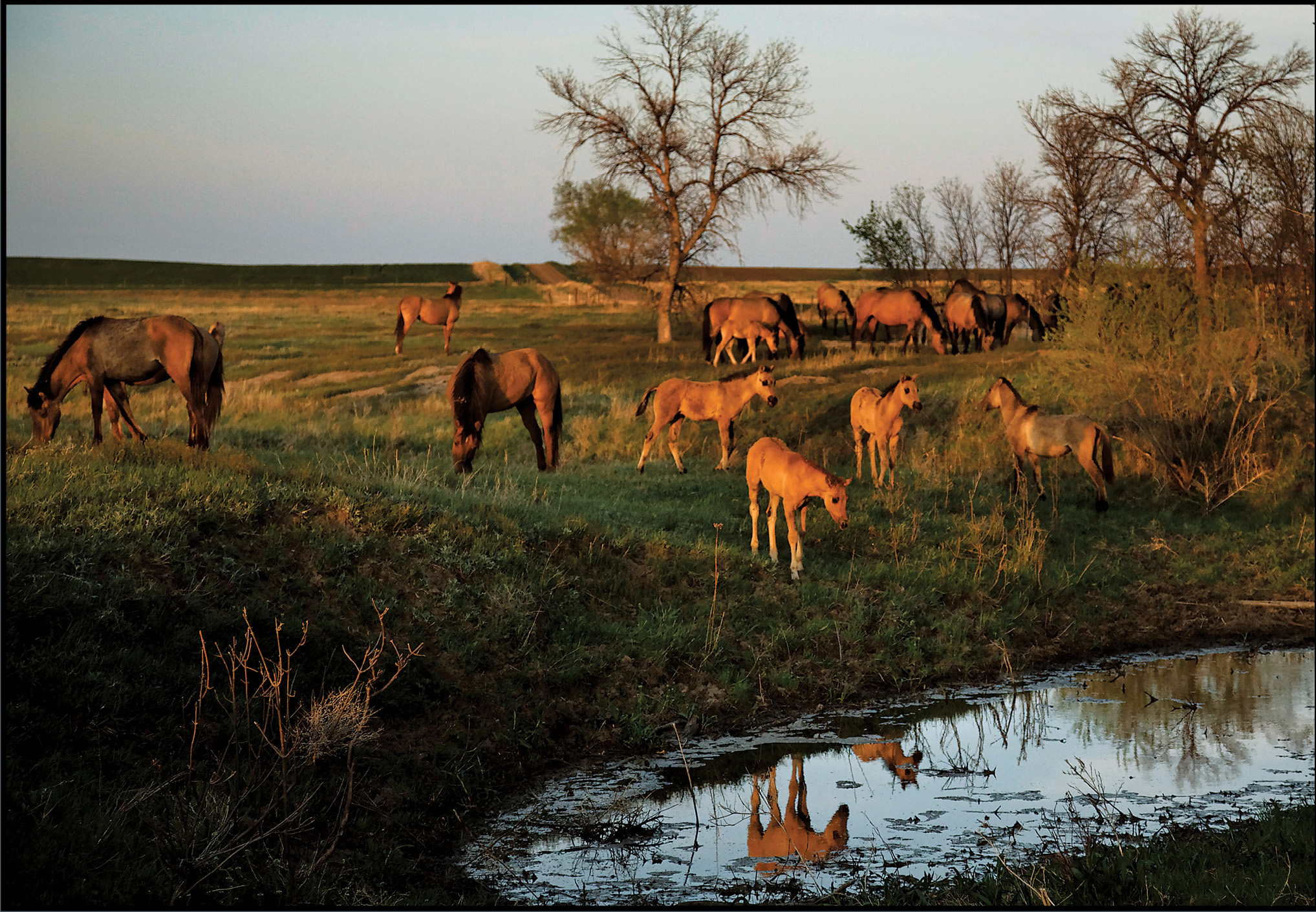
Curious foals are drawn to a waterhole in South Dakota.
Introduction
Dear reader,
Welcome to the exciting and endangered world of wild horses.
For thousands of generations, wild horses thrived in the earths forests, swales, and deserts. They lived in family bands and shared bonds like other mammals. For a short time (in geologic terms), they may have disappeared from North America. Then Spanish explorers reintroduced horses to their native land, and once again horses flourished.
For centuries, wild horses ran like rivers, beautiful, freeand useful, when humans domesticated them. As civilization spread, most wild horses retreated to a wilderness some called the Big Empty.
As parts of the wilderness were named Nevada, Utah, Idaho, California, Oregon, and Wyoming, some people decided horses didnt deserve to roam free. They caught and killed them for money. But others disagreed, so laws were passed that made horse slaughter illegal. Even so, wild horses remained in danger.
Since 1971, more than 300,000 mustangs have been rounded up and removed from the West. During capture, many died of injuries and exhaustion. Others were sold for slaughter. More than half of Americas living mustangs have been branded and neutered for a life in government corrals. Charges of neglect, cruelty, and trafficking in illegal horsemeat abound.
Now, though mustangs have the legal protection of the federal government, people blame wild horses for troubles from drought and ruined rangelands to climate change. These people have brought lawsuits against the horses to have them removed from the land. Usually, the mustangs lose.
Americas mustangs are disappearing. The last wild horse may already have been born.
Government secrecy and disorganization make mustang statistics hard to find, but heres what records show: laws were passed to keep mustangs homelands in trust; livestock outnumber horses fifty to one on those homelands; over 22.2 million acres of wild horse habitat have been assigned other uses. During the twenty-two months I spent writing this book, at least five thousand wild horses lost their freedom or lives.
I wish youd had this book sooner. As the author of the Phantom Stallion, a fiction series about wild horses which has sold millions of copies, I hear from people worldwide who are eager to help keep mustangs free and their homelands wild.
The Bureau of Land Management chose not to answer even one question on the record for this book. That disheartening fact slowed my research, but Im elated that my research was also slowed by good news. Mustangs defenders are battling in print, online, on the range, and in court to save their wild horses.
Velma Johnston started the fight in 1950; young people continue the battle today.
Information about wild horses comes from many sources. Fossils millions of years old, observations transcribed into cave paintings, and the oral tradition of First Nations are the earliest voices. These ancient stories are being retold with new details from scientists who use modern technology to analyze treasures hidden in permafrost and museum storerooms.
Eyewitnesses share observations from different viewpoints. Some people see wild horses as a part of the natural world to be admired from a distance. Others see a mustang as a beautiful animal to be tamed or a fascinating mammal to be studied. A few people see wild horses as an inconvenient barrier to commerce.
So that you can hear all of these voices, Wild at Heart is written as narrative nonfiction, a genre that tells stories that happen to be true.
Wild at Heart starts with Velma Johnston and her success, and then steps back to prehistoric times to show the truth of where horses come from. Next, we observe wild horse family life and see the disruptions damaging it. Finally, a group of young people tell how wild horses touched their lives and why they want to protect them.
Through stories, pictures, and facts, you can enter the world of wild horses, a world of beauty, tragedy, courage, strength, and wonder. With a little luck and a lot of fight, its a world that will live on so that you and your childrens great-grandchildren will see it for yourselves.
The air of heaven
is that which blows between
a horses ears.
ancient proverb
Terri Farley
 ONE
ONE 
Wild Horse Annie

Running under a full moon in South Dakota.
Dusk sneaks over the Bronn ranch. Shadows darken the Nevada hilltops, spill down their sides, and press against the bedroom window where ten-year-old Velma stands watching for mustangs.
Its almost dark. Velma knows that wild horses feel safest in the half-light. She sees them in the cool mornings when she gets up. They graze on the range that stretches flat and brown-green outside the gates of her familys ranch. When she feeds the chickens as the sun comes up, she glimpses wild horses drinking from the nearby Truckee River. The river chuckles against its banks, and red-winged blackbirds sing as if they are happy to share sunrise with the mustangs.
Velma rarely sees wild horses during the long summer days. The tang of sun-warmed sagebrush doesnt tempt mustangs as it tempts her. That scent works on her like locoweed, telling her to gallop into the wind, to run, loosening the muscles in her long, chore-hardened legs as if she were a wild horse.

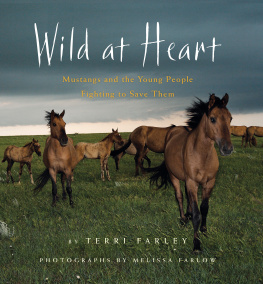



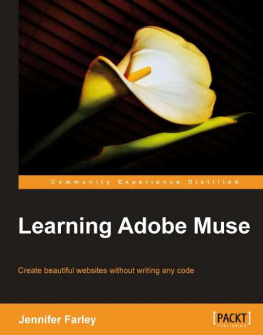


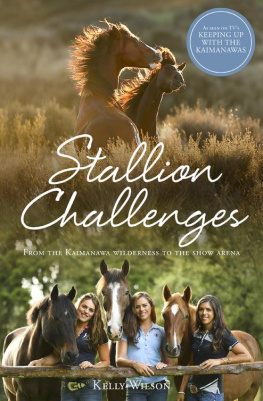

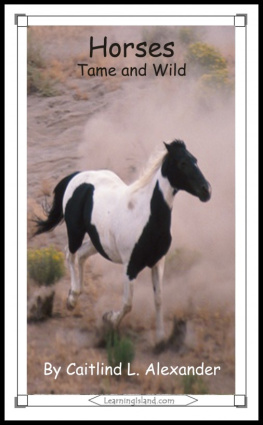

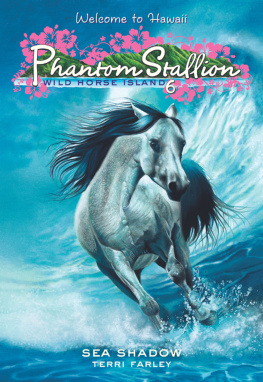
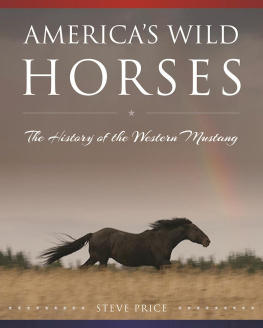
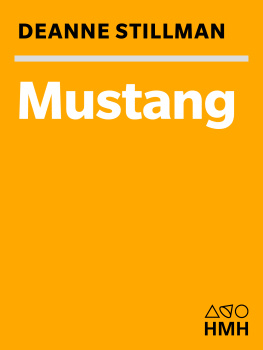
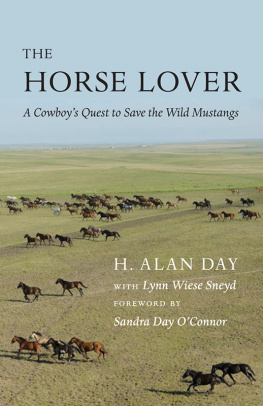

 ONE
ONE 
